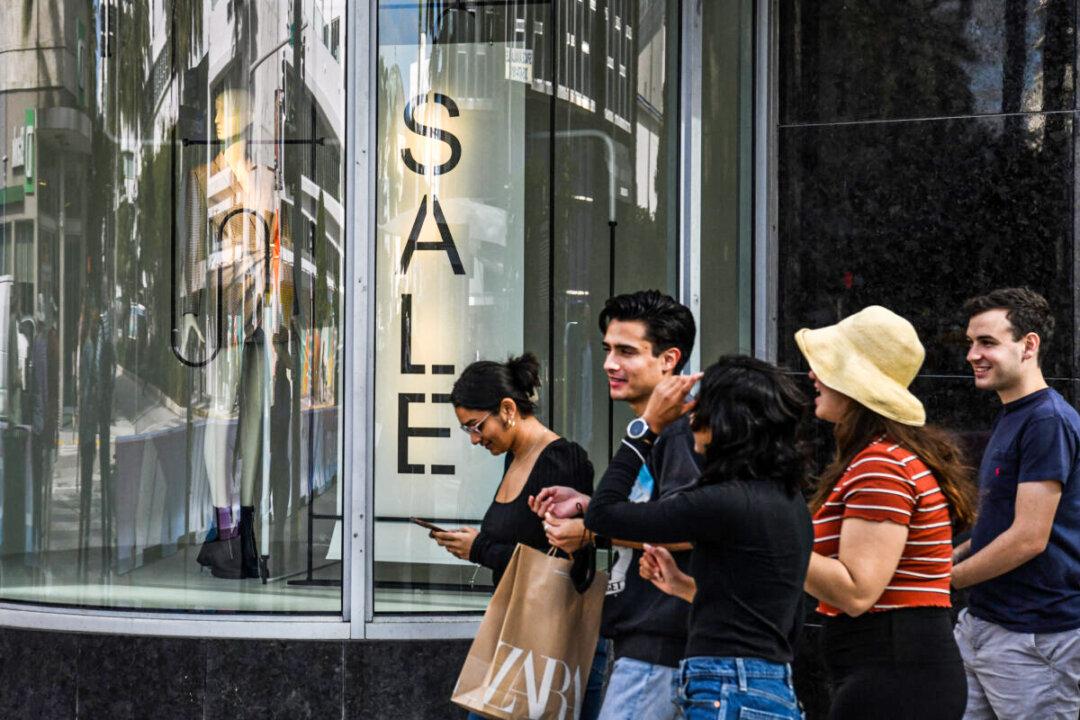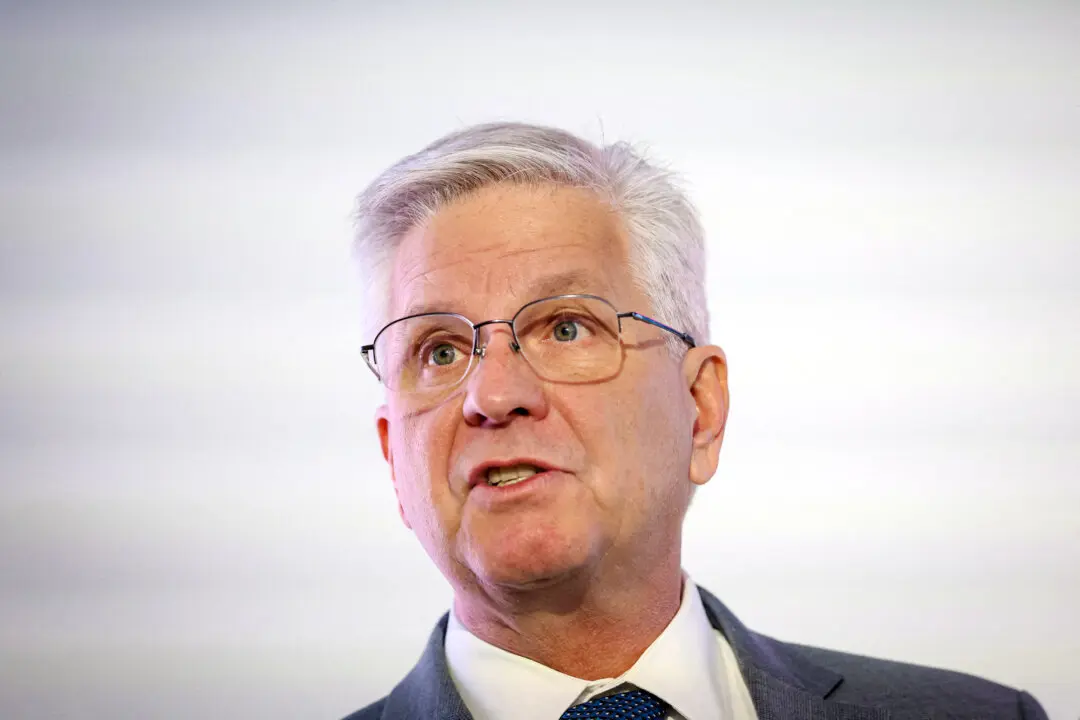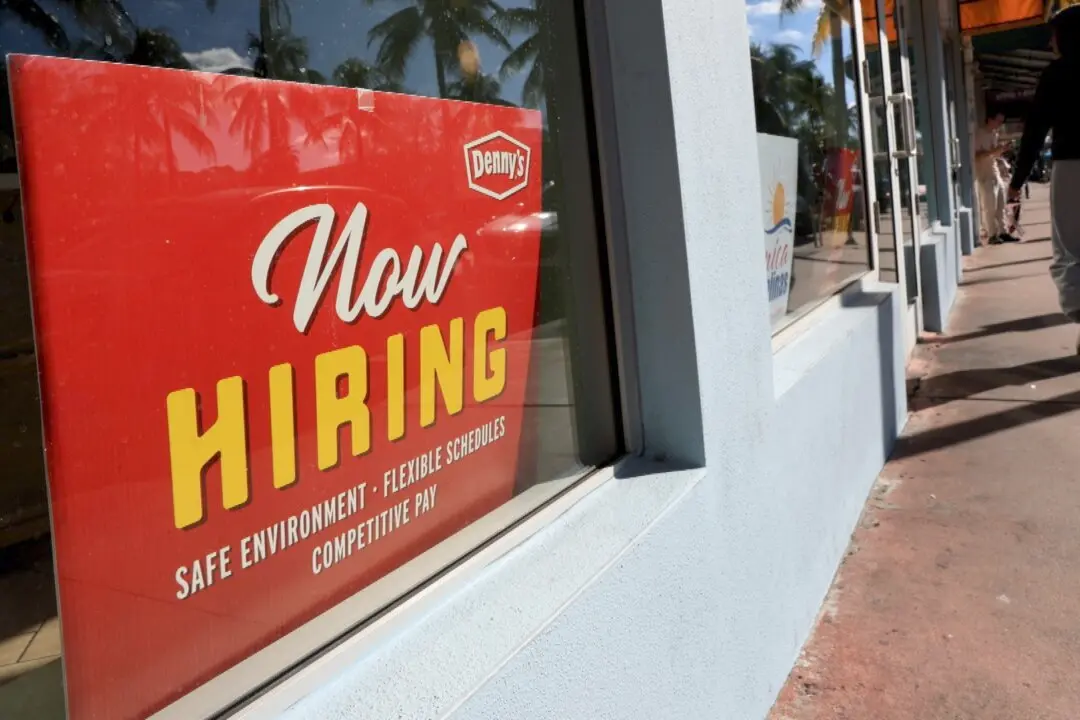U.S. households will face an average of $5,200 in additional costs in 2022 from a year ago as 40-year high inflation hurts Americans’ wallets, according to a new estimate by Bloomberg Economics.
The top quintile of households will brace for approximately $10,000 in cost pressures, while the bottom quintile will grapple with roughly $2,300 in more inflationary expenses.





